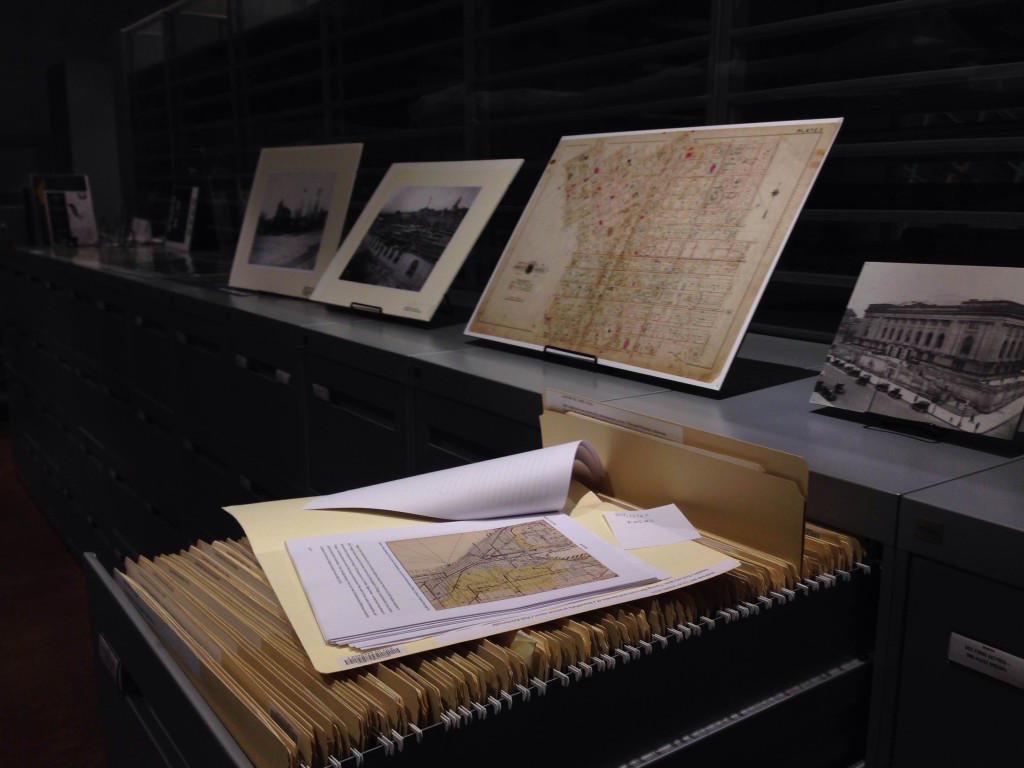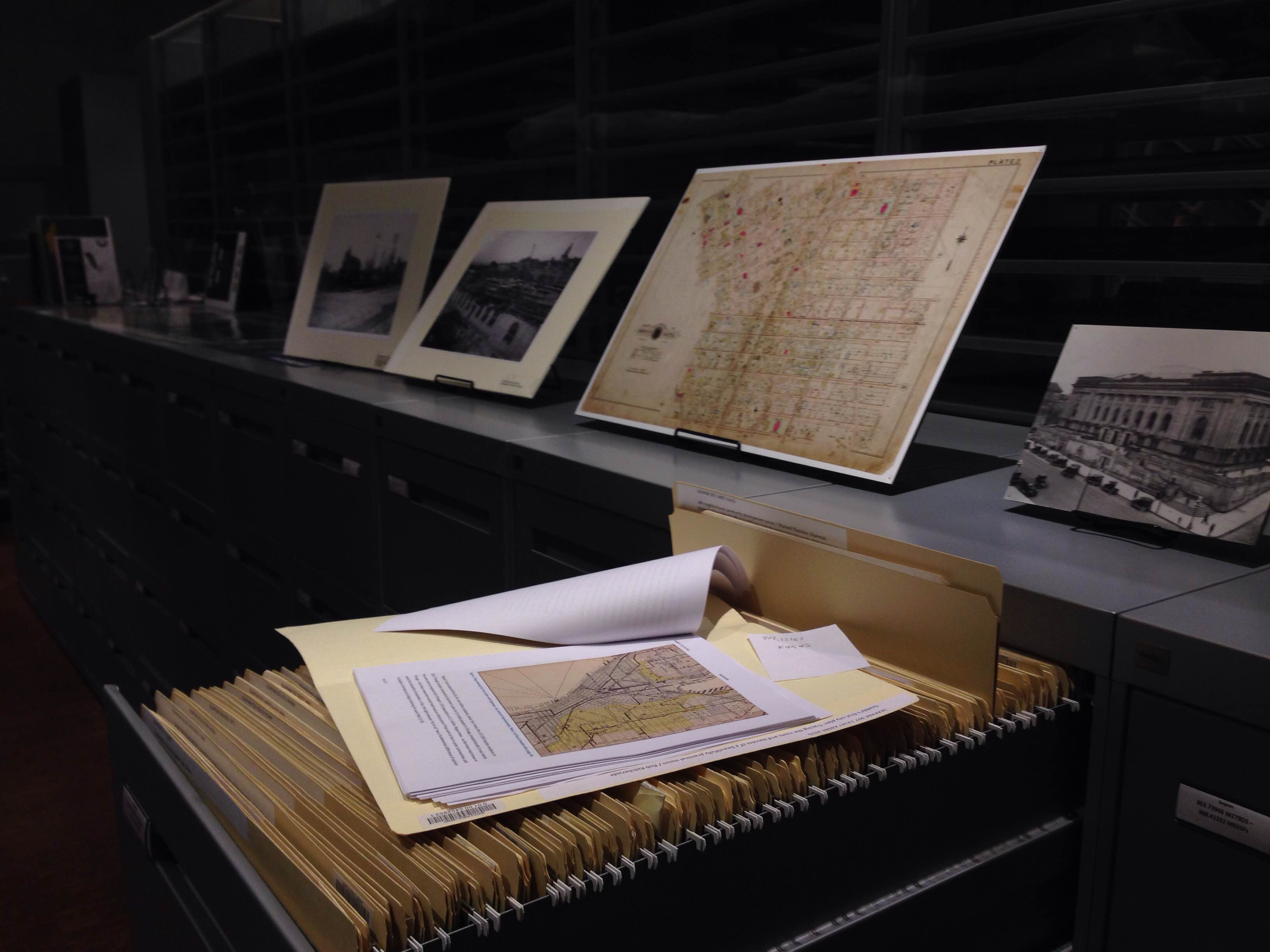Just before Christmas I dropped a limited edition paper on the history of the 1911 Plan of Seattle. It was limited to a single copy, available reference only at the downtown Seattle Public Library.
I’ve tried explaining this on Facebook and Twitter and so far no one gets it, so I’ll try again with a few more words.
My friend Ben replied “What exactly is this?” when I posted this:
Here it is. In order to read my paper on the 1911 Plan of Seattle, you must visit the 10th floor of Seattle’s Central Library. They have the only copy. And it’s reference only, can’t be checked out.
Kinda like Once Upon a Time in Shaolin, but you don’t have to pay a million dollars or do weird favors for a pharma bro.
The Plan of Seattle
So here’s the deal. Back in July, Seattle PI writer Daniel Demay wrote an article titled “What would Seattle be like today if the ‘Bogue’ plan passed in 1912?” (Here’s the link but be warned, they are entirely ad-funded, and it shows!) It was basically the same article that’s been written every few years for the last couple of decades, wishing that all of the hard thought put in 100 years ago had been made real. He did raise the bar, getting quotes from a DPD planner and my friend Leonard Garfield, the executive director of MOHAI. (Incidentally, Leonard was one of the few people to previously see my paper. I’m not sure if he remembers that though!)
But journalistic reviews of history work best when they’re summaries of deeper historical research. There simply hasn’t been any inquisitive review published yet for the Plan of Seattle. Here’s an example of what happens when journalists are just riffing on other journalists. Demay says, “Bogue somehow foresaw [the gridlocked car] part of the future and included a vast plan for public transit.” No, Bogue was not a fortune teller.
You have to put the plan in context. It was published in 1911, back when there was an automobile enthusiast magazine optimistically titled “The Horseless Age”. In 1910 Washington State issued just over nine thousand automobile vehicle registrations, about one for every eight square miles. There is no way that Virgil Bogue was trying to solve the congestion that we are experiencing, caused by freeways and our current land use patterns. The problems he was trying to avoid were things like airless tenements, tuberculosis, and muddy roads crowded with people, wagons, streetcars, and pooping, ill horses.
What’s bothered me for the last eight years is that I already wrote this longish paper, and if someone read it maybe they would be inspired to do some really significant research. I’ve been thinking of cleaning it up and maybe doing it as an eBook, and when I saw Demay’s July article I pledged to my friends to get it out by the end of 2015. Fast forward to December, and it was clear that I wouldn’t get it done. But I ran into Joe Bopp from SPL who gave me the crazy suggestion to just print out a copy and drop it off as a pamphlet at the library!
Exactly what it is
So you need to get off your butt and go visit the downtown Seattle Public Library at 4th and Madison. Get on the elevator and go to the 10th floor, to special collections. Make sure the Seattle Room is open first, their hours are shorter than the library as a whole. Look up the paper in the file cabinets under SEAPAM 307.12167 K494S 2015.

There you’ll find my paper. Along with it I included a number of articles about Virgil Bogue that I’ve written on this website and other places, including an article on Crosscut that lost my byline when they migrated publishing platforms.
I wrote this paper in early 2008 as my final for an online class through Harvard University, “Designing the American City”. The class was structured around recorded lectures of Alex Krieger and required several sizable papers to be written. I was happy with the results on the final term paper. It was quite rushed though, and the version at the library has many corrections and rewritten sections. I’ve done the edits in bits and pieces over the years, so I call this v1.07.
At the end of the collection I list a number of areas for potentially fruitful research and writing. You’ll need to go to the library to find them. I hope one of them inspires you, and we continue the long-awaited exploration of the Plan of Seattle.
Further reading
- Virgil Bogue discovered Stampede Pass
- Festival Queen to Asylum Inmate, Virgilia Bogue Baron
- Some writing about Virgil Bogue I started on my old website
Discover more from ba-kground
Subscribe to get the latest posts sent to your email.

